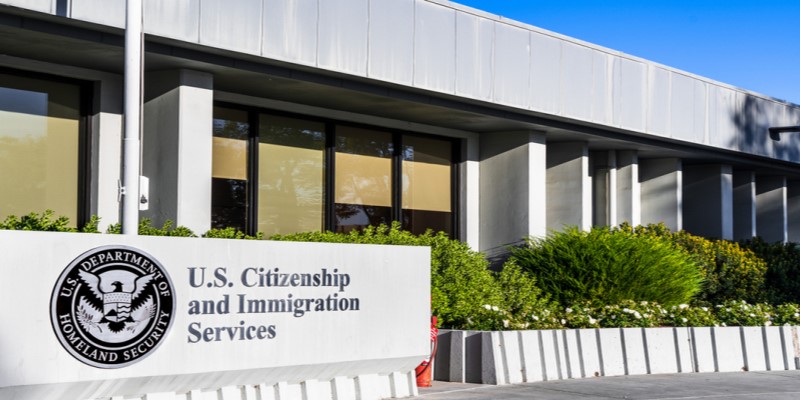
By Anayat Durrani
The USCIS held a listening session Friday, April 29, to inform industry stakeholders of changes that will take effect on regional centers. The agency also posted EB-5 investment program updates to their website to offer more detail on those changes.
One update is that the agency requires entities that want to be designated as a regional center to file Form I-956, Application for Regional Center Designation. The new form and instructions on the filing process will be available by May 14, 2022.
The agency also said that regional centers previously designated before March 15, 2022, under Form I-924 are no longer approved and not required to apply for redesignation under Form I-956 unless they want to accept new EB-5 investments post March 15, 2022.
“The most confusing part of it all is that nowhere in the new law does it state that existing RC’s will have to redesignate,” says Roberto Contreras IV, managing director of Houston EB5.
The new regulation’s impact to EB-5 regional centers
Regional centers that are previously approved cannot file Form I-924 for redesignation and are not required to file Form I-924A, and USCIS will reject those filings since the EB-5 Reform and Integrity Act of 2022 repealed the legacy Regional Center Program.
Further, new EB-5 investors that would like to invest in regional center sponsored projects are required to wait until their chosen regional center has applied for redesignation with Form I-956 and is approved by USCIS, and they file a project application for the specific investment they want to invest in once USCIS approves Form I-956 and they receive a receipt number.
“The situation right now is unfortunately confusing,” says Suresh Rajan, LCR founder and executive chairman, who commented before the USCIS updated their website. “All investors need to be associated with an authorized regional center, and if the regional center that has filed their project loses authorization, they need to move to a new one that covers the project’s geographic area.”
The USCIS also noted on their website that processing of I-526 petitions by investors who invested and filed I-526 petitions filed on or before June 30, 2021 has resumed and USCIS will grandfather those petitions.
“By including a clause to grandfather all prior investors, it is assumed that regional centers are still in existence,” says Contreras. “In practice, without regional center sponsorship, prior investors awaiting I-526 approval would be unable to get through key steps of the process.”
Also, previously designated regional centers do not need to file Form I-956 for redesignation unless they want to accept new EB-5 investments, per the website.
“We believe the intent of the new legislation is to ensure all active regional centers meet the integrity provisions so we are providing USCIS with a legal letter confirming our regional centers meet the new measures,” says Rajan.
He says regional centers that cannot meet the provisions, will likely not be reauthorized when they submit their application for renewal, “which gives the industry time to find new homes for their projects and their investors.”
Challenges for EB-5 regional centers and direct pooled projects
The USCIC also noted that pooled standalone cases are not allowed and petitions based on a pooled, non-regional center investment filed on or after March 15, 2022 will be rejected. USCIS will adjudicate pooled standalone cases filed before March 15, 2022. The USCIS updated their EB-5 questions and answers section to address other related issues related to the EB-5 program.
“In reality RC’s have been getting battered since November, 2019,” says Contreras. “First with regulations imposed by the USCIS that were later deemed invalid, then the lapse of the regional center program, and now with the termination of existing regional centers.”
He says each year since 2019 has brought less business for regional centers, and less investment to the United States.
“Another year of waiting could take many Regional Centers out of business and it will take years to get back to pre-2019 investment levels,” says Contreras.
He says with the Reform and Integrity Act, Congress has achieved its goal to protect investors and incentivize investment in urban distressed and rural areas.
“With the move to terminate all existing RC’s, the USCIS is not only working against intent of the law but also against bringing investment to the areas that need it most,” says Contreras.
DISCLAIMER: The views expressed in this article are solely the views of the author and do not necessarily represent the views of the publisher, its employees. or its affiliates. The information found on this website is intended to be general information; it is not legal or financial advice. Specific legal or financial advice can only be given by a licensed professional with full knowledge of all the facts and circumstances of your particular situation. You should seek consultation with legal, immigration, and financial experts prior to participating in the EB-5 program Posting a question on this website does not create an attorney-client relationship. All questions you post will be available to the public; do not include confidential information in your question.








